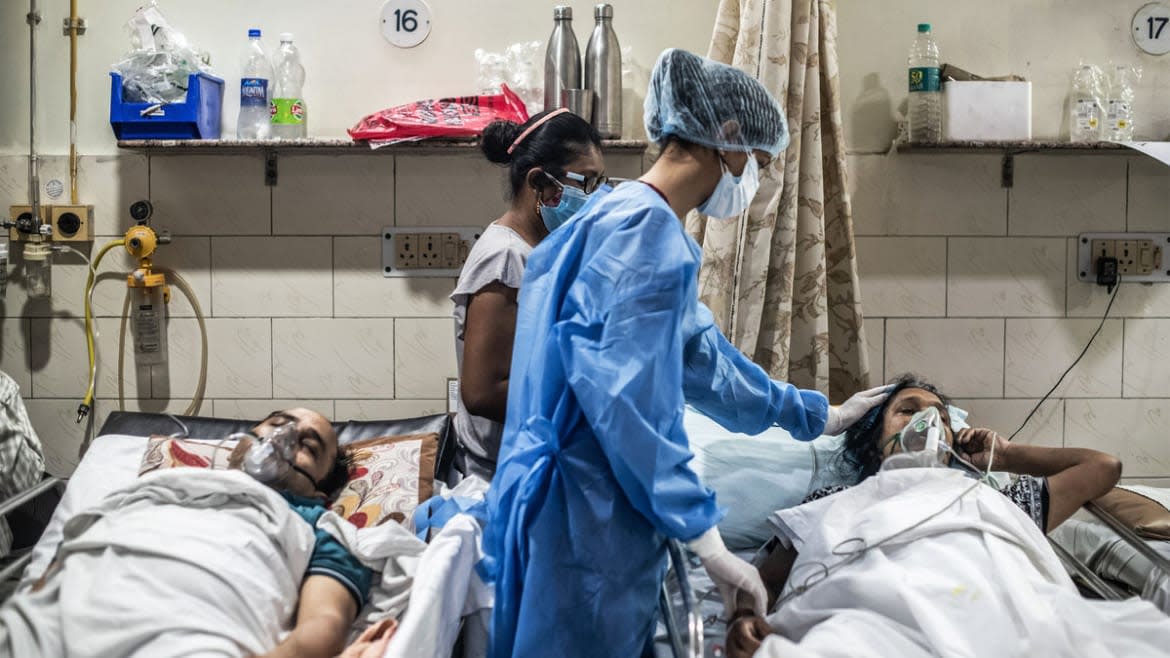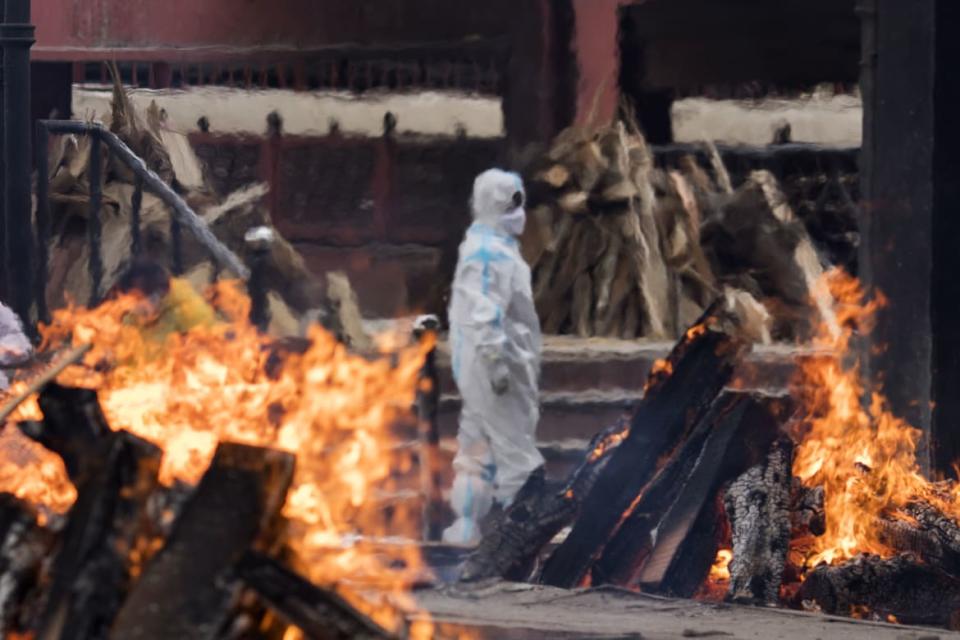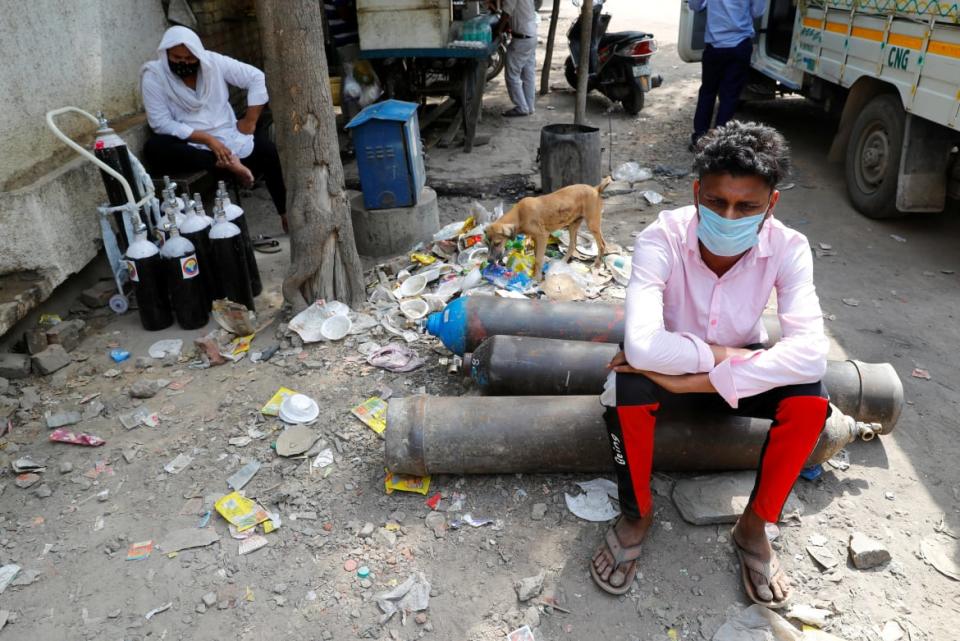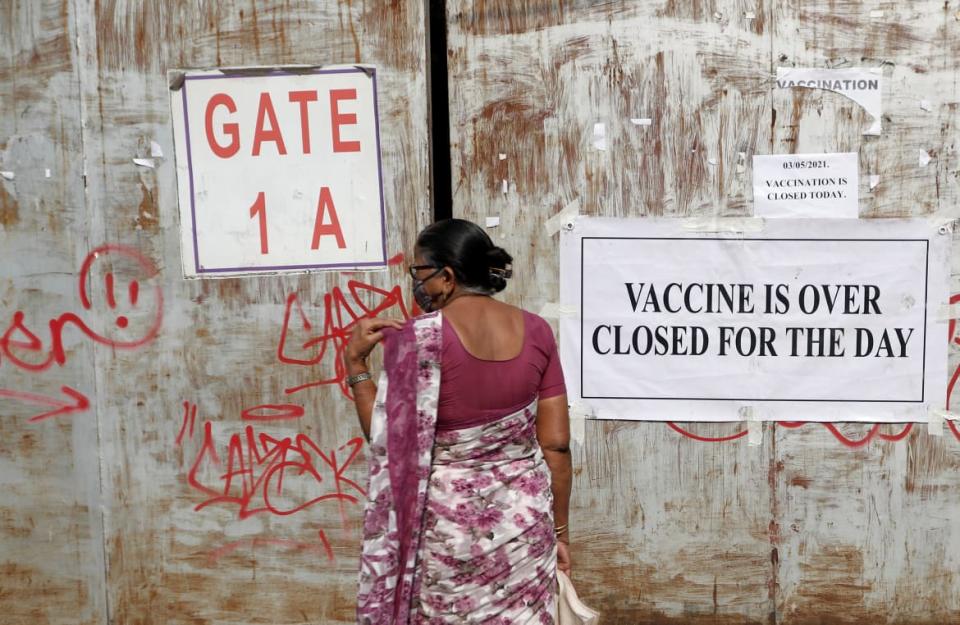A Right-Wing Demagogue Is Letting COVID Ravage His People

In 2020, I was in India when it somehow managed to avoid a widely predicted public health catastrophe. At the same time, the United States was reporting a staggering COVID-19 toll, amplified by the misguided leadership of right-wing demagogue Donald Trump, who suggested people drink bleach and personally hosted super-spreader events. By December, lockdowns in India had eased completely, and the political leadership claimed it had managed the COVID-19 crisis much better than America.
It was extremely disheartening to see the United States, a beacon of hope for the free world, fail as Trump disregarded CDC projections and publicly undermined chief medical adviser Anthony Fauci.
In everyday conversations, Indians spoke about the U.S. as a case-study in what not to do, while Prime Minister Narendra Modi claimed his administration had managed the crisis well, despite warnings from a COVID-19 taskforce and health-care experts about an imminent second wave. I relocated to the United States at that point, leaving India in a fairly recognizable state—bruised but not completely battered. But that second wave is hitting India now, and, as happened in America last year, a right-wing demagogue is overseeing a disastrous and deadly response.
In February, Modi boasted, “In a country which is home to 18 percent of the world population, that country has saved humanity from a big disaster by containing corona effectively.” On Tuesday, India reported a staggering 357,229 fresh COVID-19 infections, and has been reporting over 300,000 cases every day for the last 13 days. To contextualize this, India has crossed the 20 million mark officially. Unofficially, the figures could be much higher, depending on testing capabilities across different states. It has reported over 222,408 deaths since the pandemic began, but the toll could be many times higher given India’s lax approach to recording deaths.
“This was unexpected,” said Trump last March. “And it hit the world. And we’re prepared, and we’re doing a great job with it. And it will go away. Just stay calm. It will go away.” More than half a million Americans have died since he promised to “open things up” by Easter of 2020, promising “packed churches all over our country.”
During India’s first wave, when the country went into a sudden lockdown leaving millions of migrant workers stranded, some of whom died en route to their villages, I reported on the pandemic for an international wire service, sometimes weeping while taking notes about people and their harrowing experiences.
Things hit closer to home as I became desperate to keep my family safe. My father is a police officer in Mumbai, and has tirelessly worked through the pandemic mobilizing help, one of the millions of frontline health-care workers struggling to hold the system together.
Since I came to the United States in February, the second wave has hit India with brutal force, and the nation often hailed as the world’s pharmacy thanks to its vaccine manufacturing capacity has seen its health-care system collapse in real time through government apathy and mismanagement. While citizens were running out of oxygen and live-tweeting their own deaths, the government led by a right-wing demagogue was busy campaigning for state-level elections, often boasting about the massive public turnout.
Amid desperate messages and rows of burning funeral pyres, Indians living around the world were hit with survivor’s guilt, déjà vu, and a feeling of utter helplessness. While Western countries turned a corner on the pandemic through vaccinations, India’s second wave has raged like an uncontrolled fire.

At a crematorium in New Delhi, India, a man wearing PPE performs the last rites for a relative who died of COVID-19, April 20 2021.
“Can someone arrange for oxygen cylinders or remidesivir?” was the heartbreaking request across social media as family after family struggled to save their loved ones from the COVID-19 carnage. In three weeks, over two dozen families I know lost loved ones, including a 64-year-old distant relative of mine who failed to get medical support and is now a mere statistic. From migrant workers in Asia’s largest slum, Dharavi, to frontline health-care workers and the elderly, the damage has been immense.
Yet through much of April, Modi’s government continued organizing campaign rallies for state-level elections in the eastern state of West Bengal, allowing the world’s largest religious gathering, Kumbh Mela, to take place. It was busy fighting narrative wars over the COVID-19 crisis and exporting vaccines globally in a botched diplomatic attempt while its domestic vaccination drive was hammered by lack of planning as the Modi government doubled down on centralizing its response, leaving multiple states in a quagmire on sourcing, managing and expediting health care, oxygen or vaccine shots. Those seeking help on social media were even charged with punitive measures by Indian state Uttar Pradesh’s Chief Minister Ajay Mohan Bisht, also known as Yogi Adityanath.
Modi and his ministers had ample of time to prepare for the second wave by expanding hospital capacity, investing in oxygen production facilities, vaccine production, and rollout. There was capacity. There was money. But there was little initiative.

Sumit Kumar, 28, sits on an oxygen cylinder as he waits outside a factory to get it refilled in New Delhi, India, April 28 2021.
As India chokes on the smoke from its burning dead, I worry about the country I will find when I return. Will there be any remnant of normalcy to sustain? Families broken, children orphaned through avoidable deaths, and a mounting anger against a ruling class that was busy playing politics and spending money on glitzy projects such as the reconstruction of the Parliament building.
I feel safe and privileged. I had the chance to enroll under the Massachusetts state vaccination program. Receiving my first Pfizer shot, I can see that the U.S. is nearly out of the woods. But with this safety come harrowing guilt and desperation. Reading news, speaking to family and friends, I am overcome with anger, tears, and bouts of depression. My classmates from south Asia are all struggling with sick family members, sometimes taking on the role of social media volunteers to streamline help to those in need. We are all tired.

In Mumbai, India, a woman stands in front of a COVID-19 vaccination centre that was closed because of a shortage of vaccines, May 3 2021.
The pandemic is a clobbering pain that refuses to yield or wash over. There is no respite. The fear of viruses has upended lives, stealing our loved ones violently and leaving in their wake piles of ash and soot. We bid adieu to those we knew in memories or through social media posts. We are even bidding farewell to strangers who died gasping for breath.
Indian voters in the southern and eastern states of Kerala and West Bengal have recently punished Modi’s party with electoral losses. But these are state elections, and history suggests that Indian voters have very short memories.
A cocktail of zealous nationalism, anti-Muslim and anti-Pakistan rhetoric is often a plausible mix used by political parties in India to woo voters and consolidate power and hegemony. Will voters remember the bruising pain of COVID-19 apathy and reject the far right when voting in 2024?
I wouldn’t bet on it.
Get our top stories in your inbox every day. Sign up now!
Daily Beast Membership: Beast Inside goes deeper on the stories that matter to you. Learn more.

